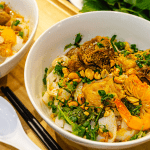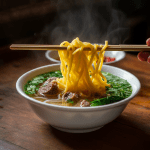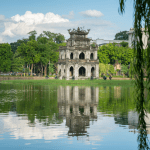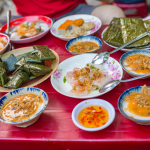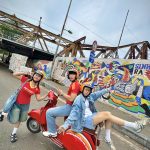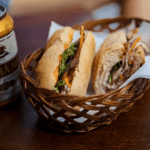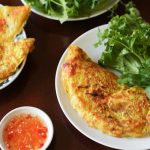by Cassidy Armbruster
Bamboo is engraved in Vietnamese culture and daily life, providing protection and representing resiliency. Bamboo can be manipulated in any shape or form to assist in the simplest or most complex of functions. Here in Vietnam, and especially in the countryside, bamboo is used for everything- from chopsticks, to chairs, to agricultural tools, to roofs, to instruments, to home decorations.
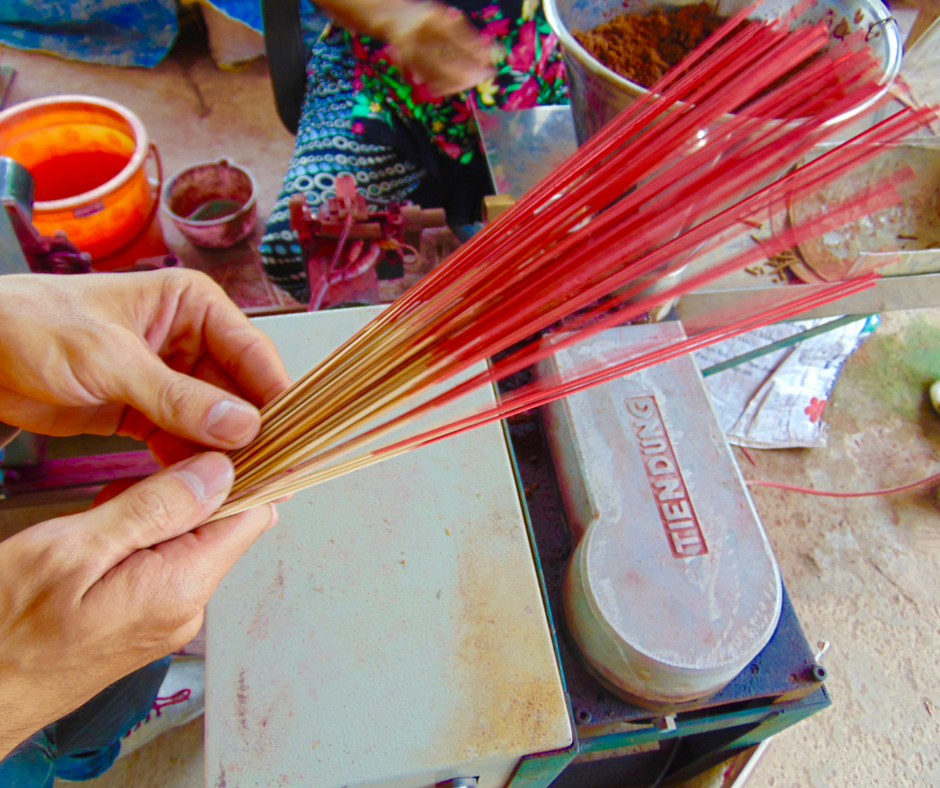
Bamboo’s functions have evolved with time. Historically, bamboo trees were sharpened, bent, and used to create weapons and traps, but today you can see bamboo in the most unique of forms. For example, you may see an eco-friendly bike and/or iPod speakers made entirely of bamboo!
I’d like you to know that much of the food you will try during your visit in Vietnam will have bamboo shoots mixed in! Bamboo shoots are eaten throughout Asia, but the style in which bamboo is served differs from country to country. Sometimes the bamboo is served dry, sometimes it is canned, sometimes it is used in broths, sometimes it is cooked in coconut oil, and sometimes it is served in salads. In Vietnamese cuisine, bamboo shoots are most often included in vegetable stir-fry dishes. No matter where bamboo is eaten, it must be boiled or cooked in some form to rid of the toxins.

The Independence Palace is a must see here in Ho Chi Minh City, and it too has connections to bamboo. The large, ornate palace was home to the president of South Vietnam during the Vietnam war. The palace is filled with bedrooms, bathrooms, conference rooms, and meeting rooms all frozen in the 1970’s. The Independence Palace was bombed in 1962 by two pilots from Vietnam’s air force, destroying the left side of the building. The Independence Palace was reconstructed in 1966, and was designed to safeguard the palace from future threats. This is why the front of the building is covered with white symmetrical shapes made to resemble the shape of bamboo trees. Bamboo symbolizes protection in Vietnamese culture, thus it is understood that this architectural design will keep the palace safe and secure.
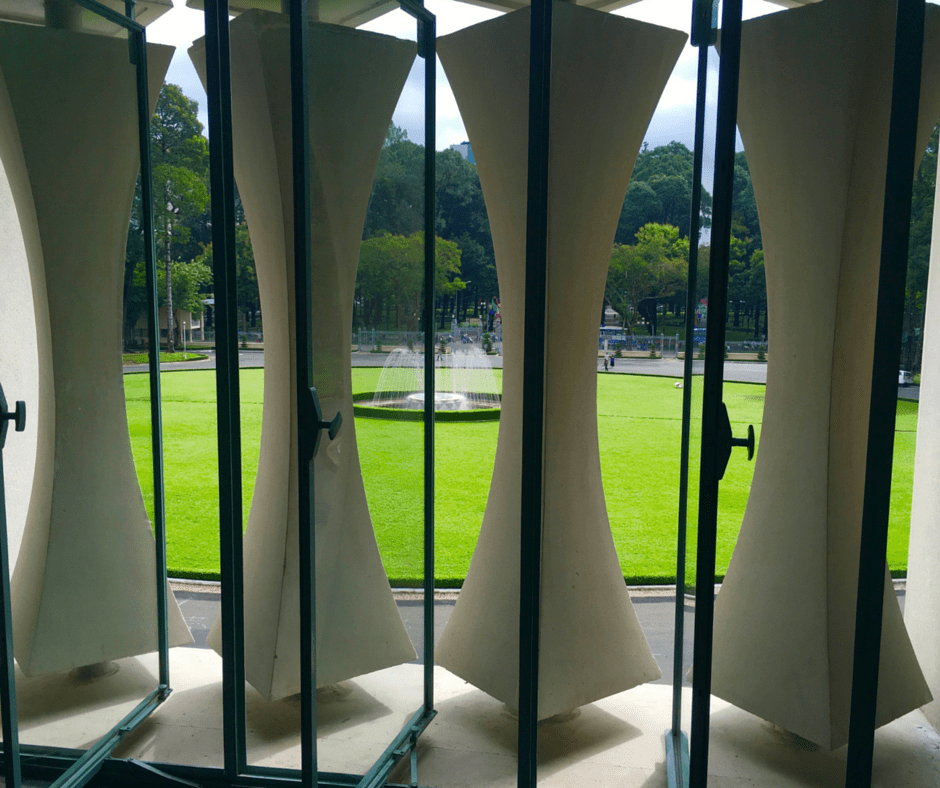
Bamboo is embedded even in Vietnamese dance culture! Mua Sap, also known as the bamboo dance in Vietnam, is adance in which the participants hop between bamboo sticks to the beat of the bamboo as it is tapped against a much longer stick. I have yet to try the bamboo dance, but it looks as though you need good balance. The Mua Sap is danced at large family celebrations, and primarily in the Northern regions of Vietnam. Although the dance originated in the Northern highlands of Vietnam, the tradition has spread throughout the country.

If you happen to try our day tour of Hoi An, be prepared to cross a waterway on a never ending, beautiful, and terrifying bamboo bridge! Bamboo bridges are so common throughout rural Vietnam that a sport has been made for the journey across. In the Northern regions ofVietnam, there are contests to see who can cross the bamboo bridge the fastest, and without grabbing onto the edge.




